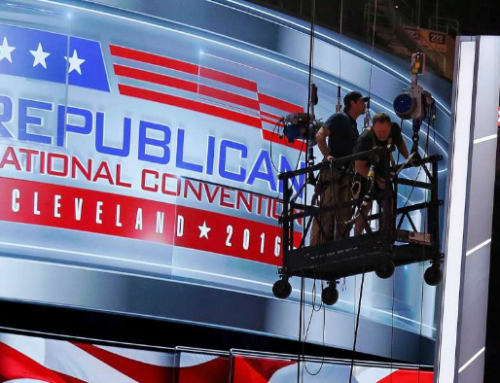In my opinion, one thing that we need to do (as creatives and citizens in general) is redefine our understanding of externalities. In simple economic terms, this is the effect of our actions on a third party who was not directly involved. People generally see them as negative, like pollution, but they can be positive, like great landscaping that boosts property values and enhances the look of a community.
Design, sadly enough, is seen by too many as something of an externality. Instead of being integral to the function of a business, it is something that can be skimped upon if necessary to save the bottom line. (I know I’ve encountered plenty of people who want work done cheap and fast.) Now trust me, I know there are plenty of factors affecting any given decision, and I know some companies like Apple just ooze great design, but wouldn’t it be great if more companies accepted great design as an essential expenditure?
To me, part of the answer to this problem is to work toward a corporate/business culture that takes many more externalities into account when making any decision. By this I mean both the positives and the negatives. A free market may not always encourage individuals to take into account the cost of a negative externality, but the whole society benefits if they do so. In the same respect, the whole society benefits from the positives as well, like education, research and, yes, unique creative vision.





